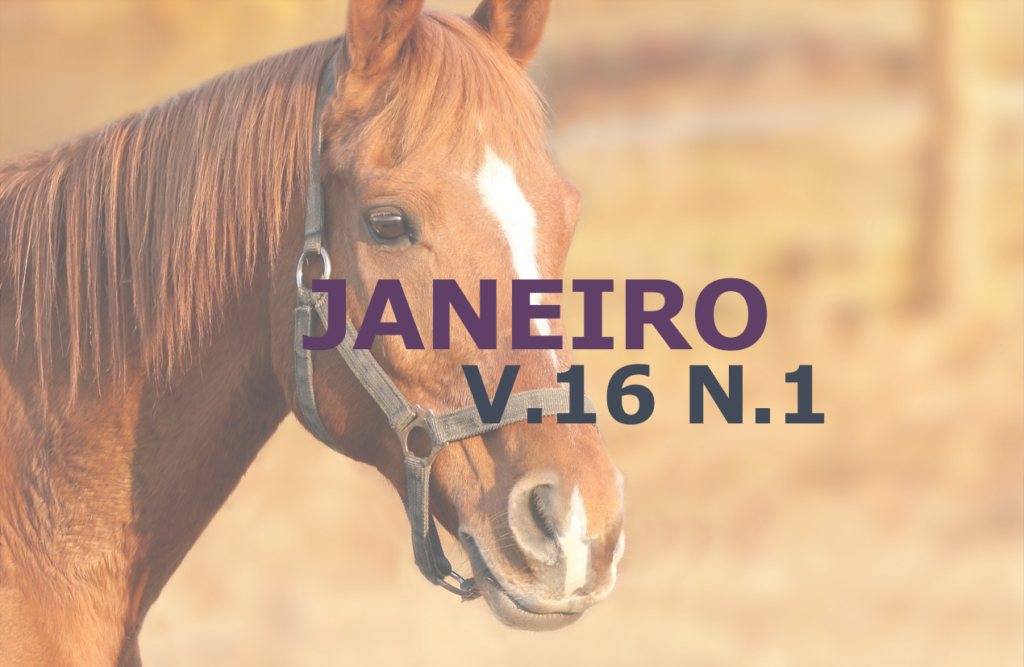Dystocia in Red-footed tortoise (Chelonoidis carbonaria) in captivity: Case report
DOI:
https://doi.org/10.31533/pubvet.v16n01a1017.1-8Keywords:
Celiotomy, dystocia, oxytocin, ovariosalpingooviductotomyAbstract
Tortoises are terrestrial chelonians that belong to the order of Testudines. More and more reptiles are being raised as pets and the lack of guidance and knowledge of the owners about the biology and physiology of those animals resulting in an inappropriate management of the species are often the cause of several diseases that affect these animals. An example of this is the egg retention or dystocia, which is a condition commonly reported in reptiles bred in captivity. In cases where dystocia is suspected it is important to perform radiography as a complementary test to aid in the diagnosis of retained eggs. If non-invasive clinical management fails to treat the condition, surgical interventions should be considered. The purpose of this study was to report a case of dystocia in captive tortoise, which initially received drug treatment through the administration of oxytocin and calcium borogluconate. Due to the lack of a response to the treatment, the animal was submitted to a surgical procedure obtaining a positive result.
Downloads
Published
Issue
Section
License
Copyright (c) 2022 Bianca Sandrin Saim, José Carlos Roble Júnior, Paulo Rogério Mangini, Antonella Souza Mattei

This work is licensed under a Creative Commons Attribution 4.0 International License.
Você tem o direito de:
Compartilhar — copiar e redistribuir o material em qualquer suporte ou formato
Adaptar — remixar, transformar, e criar a partir do material para qualquer fim, mesmo que comercial.
O licenciante não pode revogar estes direitos desde que você respeite os termos da licença. De acordo com os termos seguintes:
Atribuição
— Você deve dar o crédito apropriado, prover um link para a licença e indicar se mudanças foram feitas. Você deve fazê-lo em qualquer circunstância razoável, mas de nenhuma maneira que sugira que o licenciante apoia você ou o seu uso. Sem restrições adicionais
— Você não pode aplicar termos jurídicos ou medidas de caráter tecnológico que restrinjam legalmente outros de fazerem algo que a licença permita.





